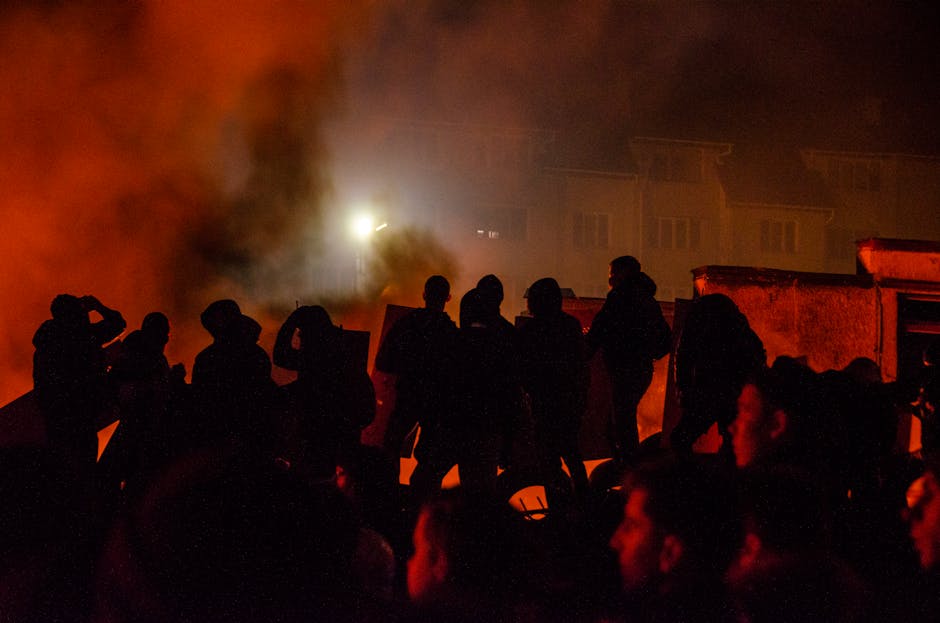Ukraine News: A Comprehensive Overview of the Ongoing Conflict and its Global Impact
The ongoing conflict in Ukraine, initiated by Russia’s full-scale invasion in February 2022, has profoundly reshaped the global geopolitical landscape. This article provides a comprehensive overview of the conflict, exploring its historical context, key events, international responses, and far-reaching consequences.
Historical Context: Understanding the Roots of the Conflict
Understanding the current conflict requires examining its deep historical roots. The relationship between Russia and Ukraine is complex and fraught with historical tensions, dating back centuries. Ukraine’s long history of being caught between powerful empires – from the Russian Empire to the Soviet Union – has shaped its national identity and its relationship with its eastern neighbor. The collapse of the Soviet Union in 1991 led to Ukraine’s independence, but the issue of sovereignty and territorial integrity has remained a point of contention.
The annexation of Crimea by Russia in 2014 and the subsequent war in Donbas, fueled by Russian-backed separatists, marked a significant escalation in tensions. These events demonstrated Russia’s willingness to use military force to achieve its geopolitical objectives, setting the stage for the full-scale invasion in 2022.

Key Players and Their Motivations:
- Russia: Russia’s stated goals have evolved throughout the conflict, ranging from ‘denazification’ and ‘demilitarization’ to preventing NATO expansion and asserting its influence in the region. However, underlying these stated goals are deeper historical and strategic ambitions related to Ukraine’s perceived historical ties to Russia and its strategic geopolitical location.
- Ukraine: Ukraine’s primary goal has been to defend its sovereignty and territorial integrity against Russian aggression. The conflict has galvanized Ukrainian national identity and fostered a strong resistance against the invading forces.
- NATO and the West: NATO and Western countries have provided significant military and humanitarian aid to Ukraine, imposing sanctions on Russia in an attempt to pressure it to end the conflict. The West’s response has been shaped by a complex interplay of strategic interests, concerns about escalating the conflict, and humanitarian considerations.
Key Events and Turning Points:
The conflict has been marked by several key events and turning points. The initial invasion, focusing on multiple axes of attack, was followed by a fierce Ukrainian resistance that surprised many military analysts. The battle for Kyiv proved crucial, preventing the quick seizure of the capital. Subsequent battles for Mariupol, Kherson, and Bakhmut have highlighted the intensity and brutality of the fighting, characterized by extensive destruction and civilian casualties.

The use of precision-guided munitions, drones, and other advanced weaponry has also significantly impacted the nature of warfare, leading to discussions about the changing dynamics of modern conflict. The use of cyber warfare and disinformation campaigns has also been a crucial aspect of the conflict.

Major Battles and Strategic Shifts:
- Battle of Kyiv: The initial attempt to quickly capture Kyiv failed, demonstrating the effectiveness of Ukrainian resistance.
- Siege of Mariupol: The prolonged siege and eventual fall of Mariupol resulted in a significant humanitarian crisis and highlighted the atrocities committed during the conflict.
- Kherson Counteroffensive: The successful Ukrainian counteroffensive to reclaim Kherson marked a significant turning point, demonstrating the effectiveness of the Ukrainian military and its Western partners’ support.
- Battle for Bakhmut: A protracted and costly battle, showcasing the brutal nature of the conflict and high casualty rates on both sides.
International Response and Global Implications:
The conflict has triggered a strong international response, with many countries imposing sanctions on Russia and providing military and humanitarian aid to Ukraine. The conflict has had a significant impact on global energy markets, food security, and international relations. The potential for escalation and wider conflict remains a major concern.
Economic and Humanitarian Consequences:
- Energy Crisis: The conflict has disrupted global energy markets, leading to increased energy prices and impacting economies worldwide.
- Food Security: Ukraine and Russia are major grain exporters, and the conflict has disrupted global food supplies, leading to food shortages and price increases in many parts of the world.
- Refugee Crisis: Millions of Ukrainians have fled the country, creating a large refugee crisis in neighboring countries and placing a strain on resources and infrastructure.
- Inflation and Economic Instability: The war has contributed to global inflation and economic instability, impacting economies worldwide.
The Future of Ukraine and the Global Order:
The long-term consequences of the conflict in Ukraine are still unfolding. The future of Ukraine’s territorial integrity and its relationship with Russia remain uncertain. The conflict has raised questions about the effectiveness of international institutions and the future of the global order. The enduring impact on global security, the international rules-based order, and the balance of power remains a subject of intense debate and analysis.
The conflict’s impact on the future of European security, particularly the debate surrounding NATO expansion, is profound. Furthermore, the use of disinformation and cyber warfare highlights the need for international cooperation to address these emerging challenges.
Continued monitoring of the situation is crucial for understanding the evolving dynamics of the conflict and its global implications. This includes tracking military developments, analyzing the effectiveness of international sanctions, and assessing the humanitarian impact on affected populations.

